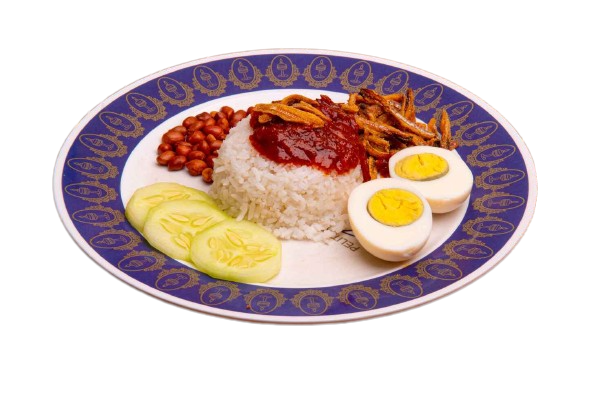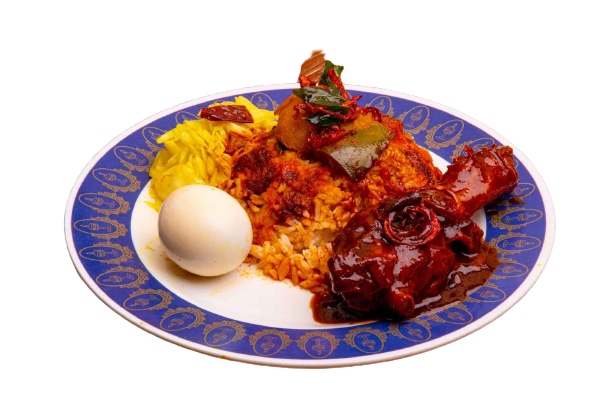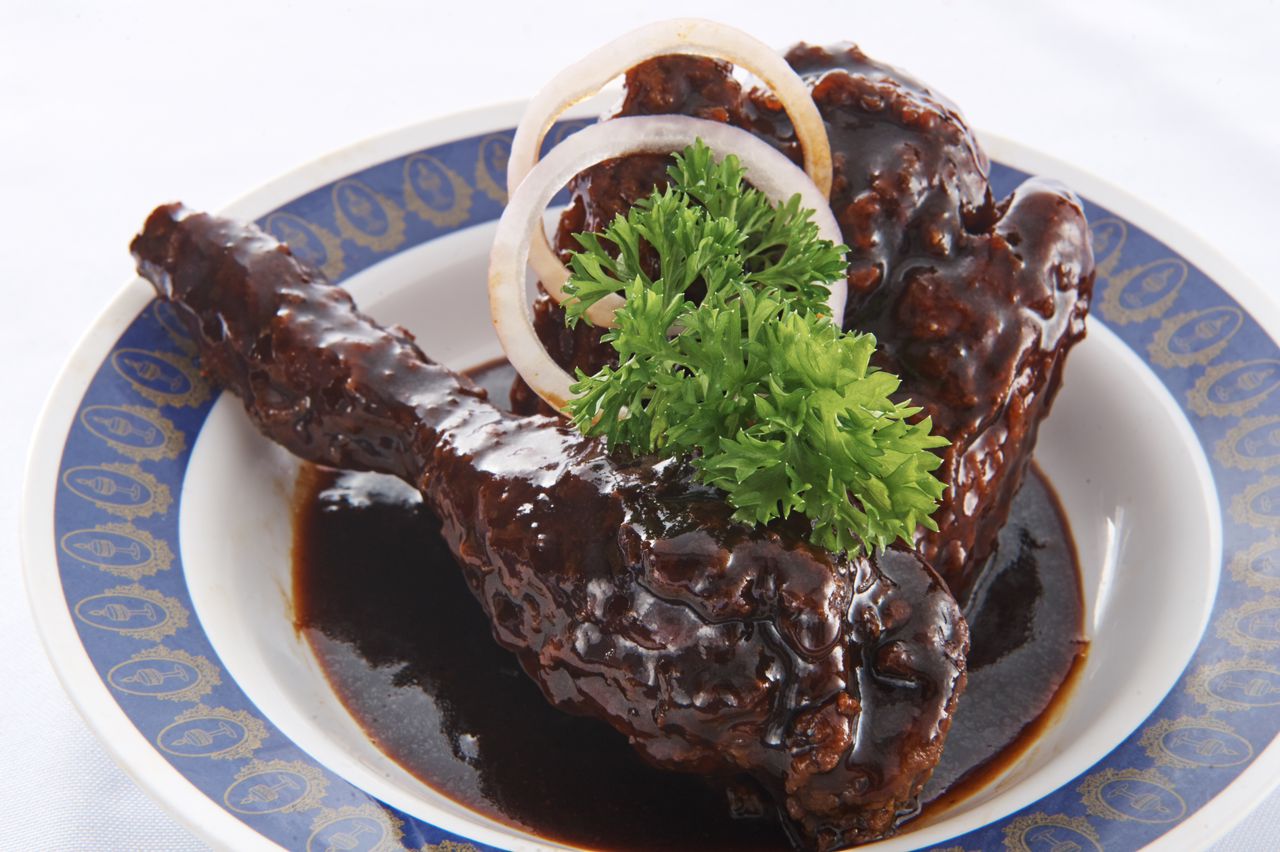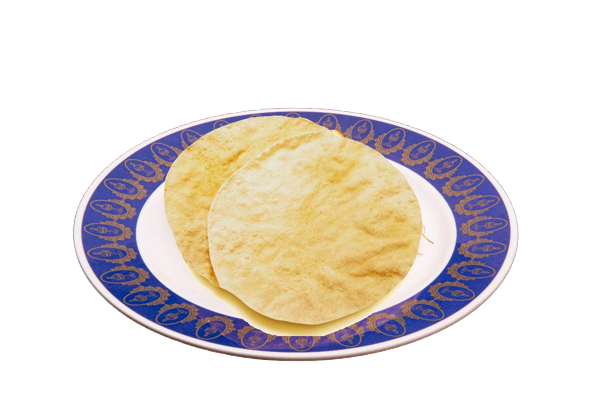With 25+ restaurants located in Malaysia and an overseas restaurant located in Chennai, India, Nasi Kandar Pelita is growing by the day.
Our catering services have served many corporate clients as well as top Malaysian Government officials and personalities.
We can cater for functions, gatherings and parties. For further enquiries, contact your nearest restaurant.
x

N
A
S
I
K
A
N
D
A
R
P
E
L
I
T
A
- Pelita Samudra Pertama (M) Sdn Bhd , Bandar Seberang Jaya, 13700 Penang.
- 24 X 7
































